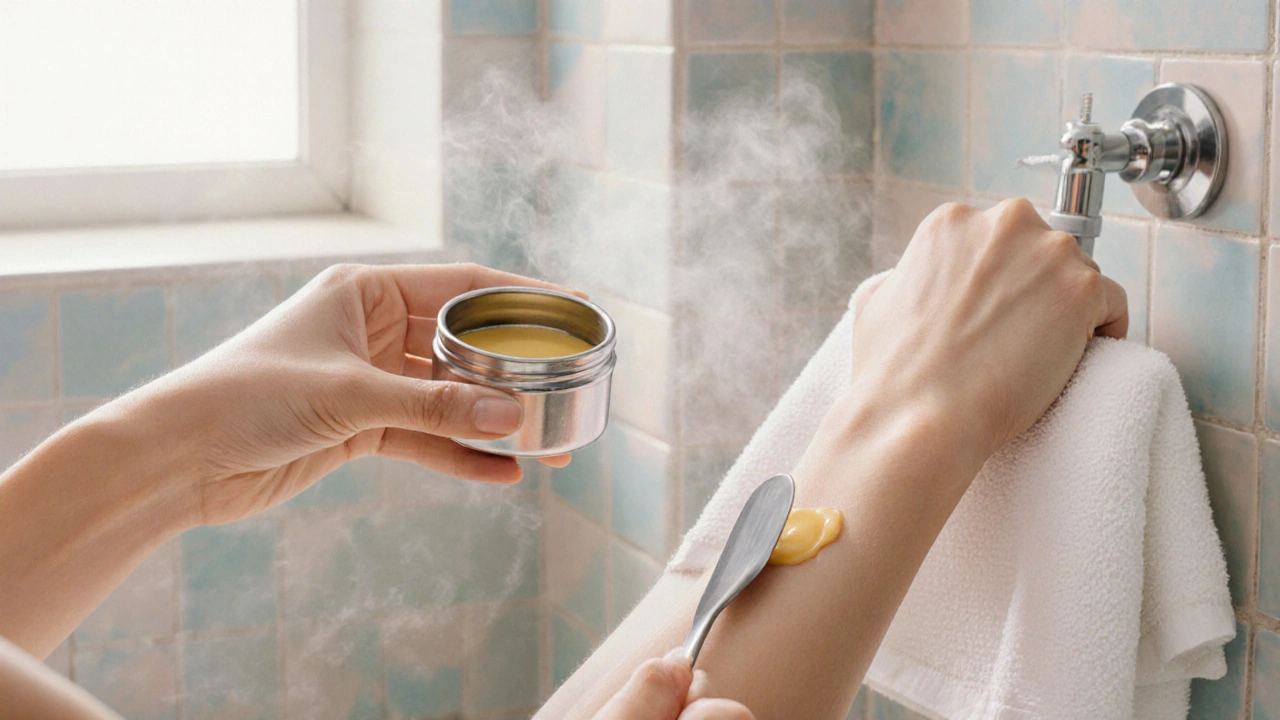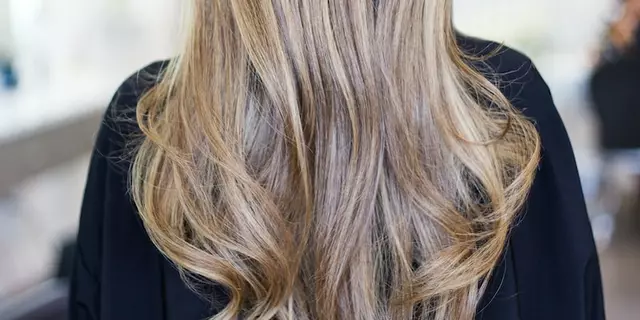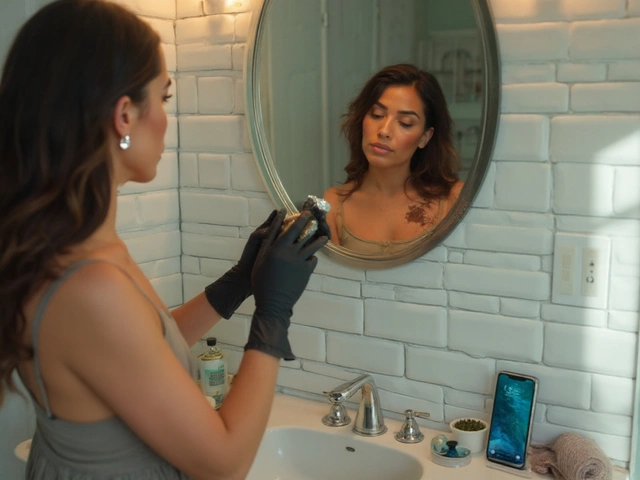Facial Waxing Side Effects Checker
Check for Possible Side Effects
Select symptoms you're experiencing after facial waxing to learn about what they might indicate and appropriate care steps.
When you reach for that eyebrow wax kit, you probably picture clean, defined brows in minutes. Facial waxing is a rapid hair‑removal method that uses hot or cold wax to pull out unwanted facial hair. While it delivers smooth results, it can also bring a handful of unwanted reactions. Below you’ll find a clear rundown of the most common side effects, why they happen, and how to keep your skin happy.
Key Takeaways
- Most side effects are mild and temporary, but a few (like infection) need prompt care.
- Proper technique, clean tools, and after‑care dramatically lower risk.
- Know the warning signs that signal a professional should step in.
Understanding Facial Waxing
Facial waxing works by coating hair with a sticky layer of wax, then pulling it off in one swift motion. The process removes the hair from the follicle, giving results that can last up to four weeks. The technique is popular for eyebrows, upper lip, chin, and even the sideburn area.
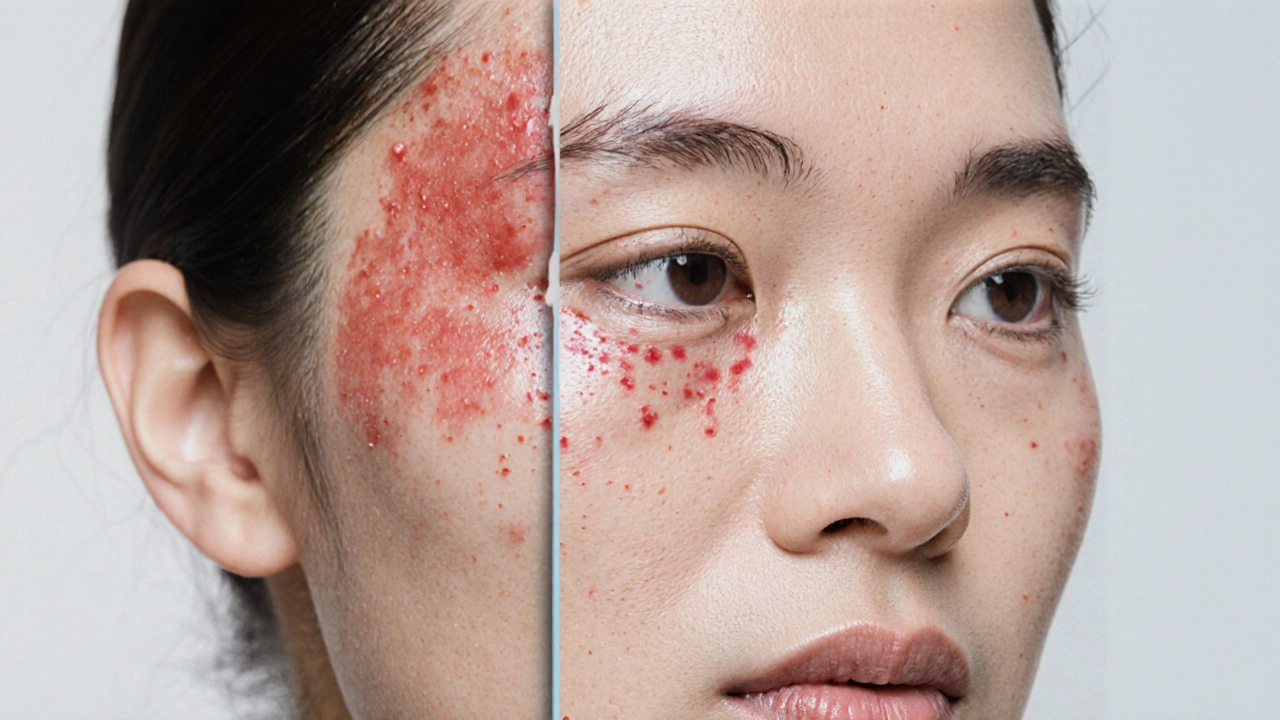
Common Side Effects
Below is a quick snapshot of what you might notice after a session:
| Side Effect | Typical Symptoms | Prevention Tips |
|---|---|---|
| Skin irritation | Redness, mild burning, swelling lasting a few hours | Test wax on a small patch, use soothing aloe afterward |
| Eyebrow wax burn | Hot spots, blistering, severe pain | Check wax temperature, apply a thin layer of petroleum jelly on sensitive skin |
| Ingrown hair | Pink bumps, tiny black dots, occasional itching | Exfoliate 24‑48 hrs after waxing, avoid tight clothing |
| Hyperpigmentation | Darker patches where wax was applied | Sun protection, use a brightening serum, keep wax cool |
| Allergic reaction | Itching, hives, swelling lasting days | Patch test new waxes, choose fragrance‑free formulas |
| Infection | Pus, warmth, increasing redness, fever | Use sterile tools, keep area clean, avoid picking |
| Scarring | Permanent texture change, noticeable lines | Don’t over‑wax, let skin heal fully between sessions |
| Sun sensitivity | Easy sunburn, heightened UV reaction | Apply SPF 30+ for 48 hrs, avoid peak sun |
Why These Reactions Occur
Each side effect has a logical cause. facial waxing side effects often stem from three main factors:
- Temperature mishaps: Wax that’s too hot can burn the outer skin layer, while wax that’s too cool may not grip hair properly, leaving stray strands and tugging.
- Skin’s natural response: Pulling hair from the follicle triggers inflammation. Some people have more reactive skin, leading to redness or allergic symptoms.
- Post‑treatment care: Failing to cleanse the area or exposing it to irritants (like harsh chemicals or UV rays) increases infection risk and pigment changes.
How to Prevent & Minimize Risks
Follow these practical steps before, during, and after waxing to keep side effects at bay:
- Patch test first: Apply a small amount of wax on the inner forearm at the intended temperature. Wait 24 hours - if no redness or itching appears, you’re good to go.
- Use proper temperature: Heat wax in a dedicated wax warmer, not a microwave. Aim for 120‑130°F (49‑54°C) for hard wax; test with the back of your wrist.
- Prep the skin: Cleanse with a gentle, oil‑free cleanser 10‑15 minutes before waxing. Lightly dust with talc or a pre‑wax powder to absorb excess oil.
- Choose the right wax: Hard wax is usually kinder to sensitive facial skin than soft wax. Look for fragrance‑free, hypoallergenic formulas.
- Apply in the direction of hair growth: This reduces tugging and lowers the chance of broken hairs that become ingrown.
- Pull quickly and close to the skin: A swift motion minimizes shock to the follicle.
- Cool down immediately: After removal, press a cool, damp cloth on the area for 30 seconds to close pores.
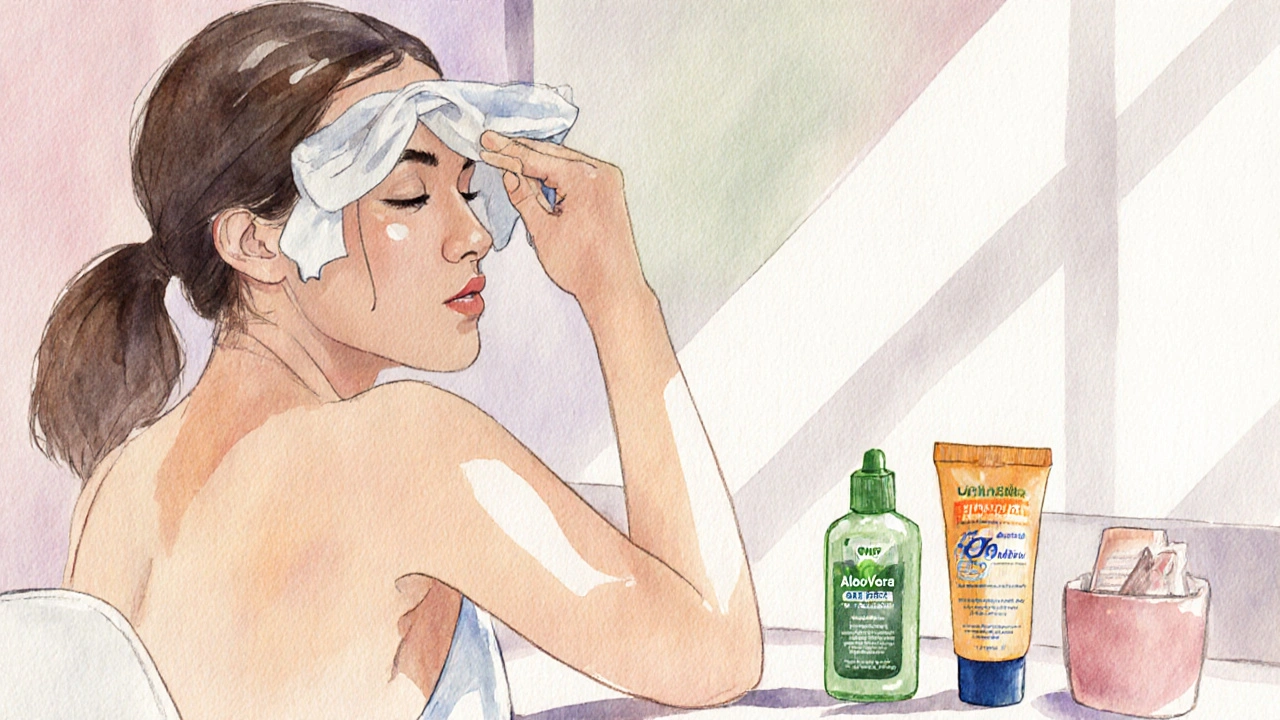
After‑Care Routine
A solid after‑care plan soothes the skin and prevents complications:
- Calm the area: Apply an aloe‑veraprovided gel or a fragrance‑free moisturizer. Avoid alcohol‑based toners that sting.
- Keep it clean: Gently wash with a mild cleanser twice a day for the first 24‑48 hrs. Pat dry-don’t rub.
- Exfoliate wisely: After 48 hours, use a soft facial scrub or a chemical exfoliant (0.5% salicylic acid) 2‑3 times a week to prevent ingrown hairs.
- Shield from sun: Sunscreen with at least SPF 30 is a must for the next two days. Sun exposure can worsen hyperpigmentation.
- Avoid makeup: Skip foundation or heavy creams for at least 12 hours; they can trap bacteria.
- Watch for signs of trouble: If you notice increasing redness, pus, or fever, it may be an infection.
When to Seek Professional Help
Most reactions subside on their own, but call a dermatologist or qualified esthetician if you experience any of the following:
- Blisters that won’t burst within 24 hrs.
- Severe pain that lasts more than 48 hrs.
- Pus, spreading redness, or a fever - signs of infection.
- Persistent dark patches that don’t fade after a few weeks.
- Allergic reactions that include swelling of lips or eyes.
Frequently Asked Questions
How long do side effects last after facial waxing?
Mild redness and swelling typically subside within 2-4 hours. More pronounced irritation may linger 24-48 hours. If you notice lingering bumps or discoloration after a week, consider gentle exfoliation or a soothing serum.
Can I wax my face if I have acne?
Yes, but proceed with caution. Use a clean, hypoallergenic wax, avoid active blemishes, and apply a post‑wax calming gel. If your skin is highly inflamed, wait until breakouts calm down.
Is waxing better than threading for eyebrows?
Waxing removes a larger strip of hair at once, giving a bolder shape, while threading offers precise control with less heat. If you’re prone to burns or have very sensitive skin, threading may be gentler.
What should I do if I get a wax burn?
Cool the area with a cold, damp cloth for several minutes, then apply an aloe‑veralayer. Avoid popping blisters; let them heal naturally. If pain worsens or blisters cover a large area, see a healthcare professional.
Can facial waxing cause permanent scarring?
Scarring is rare but can occur if the skin is repeatedly traumatized, infected, or if you pick at wounds. Give your skin ample recovery time and follow proper after‑care to minimize risk.
Armed with the right knowledge, you can enjoy smooth, defined brows without the nasty surprises. Remember: gentle prep, correct temperature, and soothing after‑care are the three pillars that keep facial waxing safe and effective.

